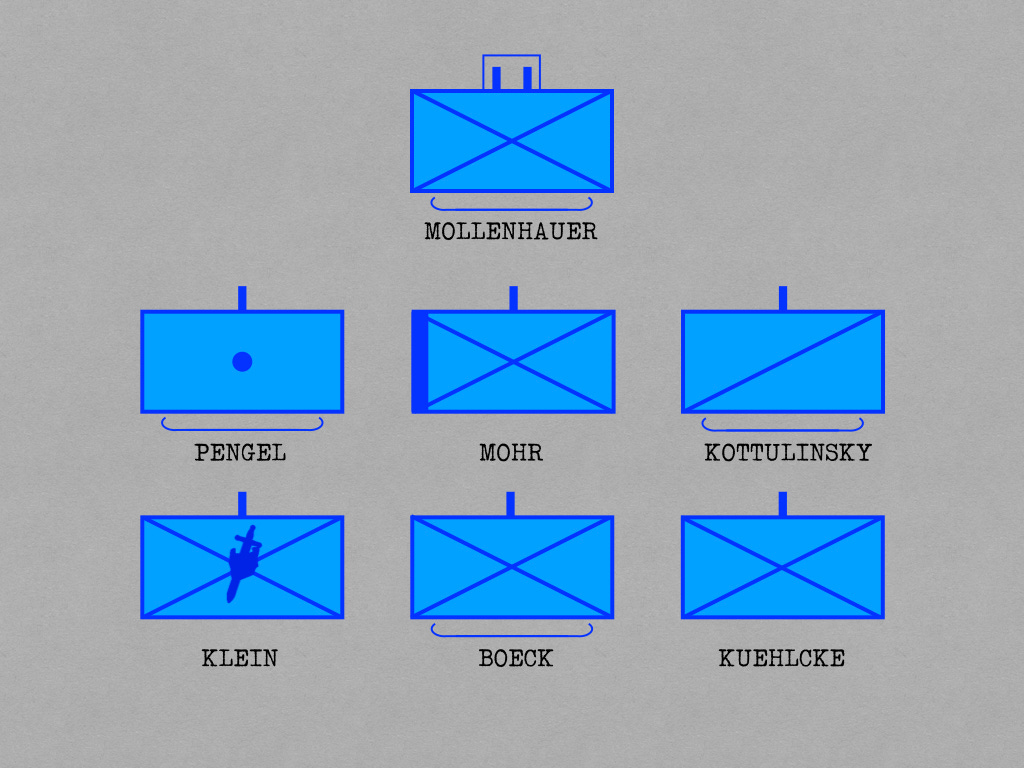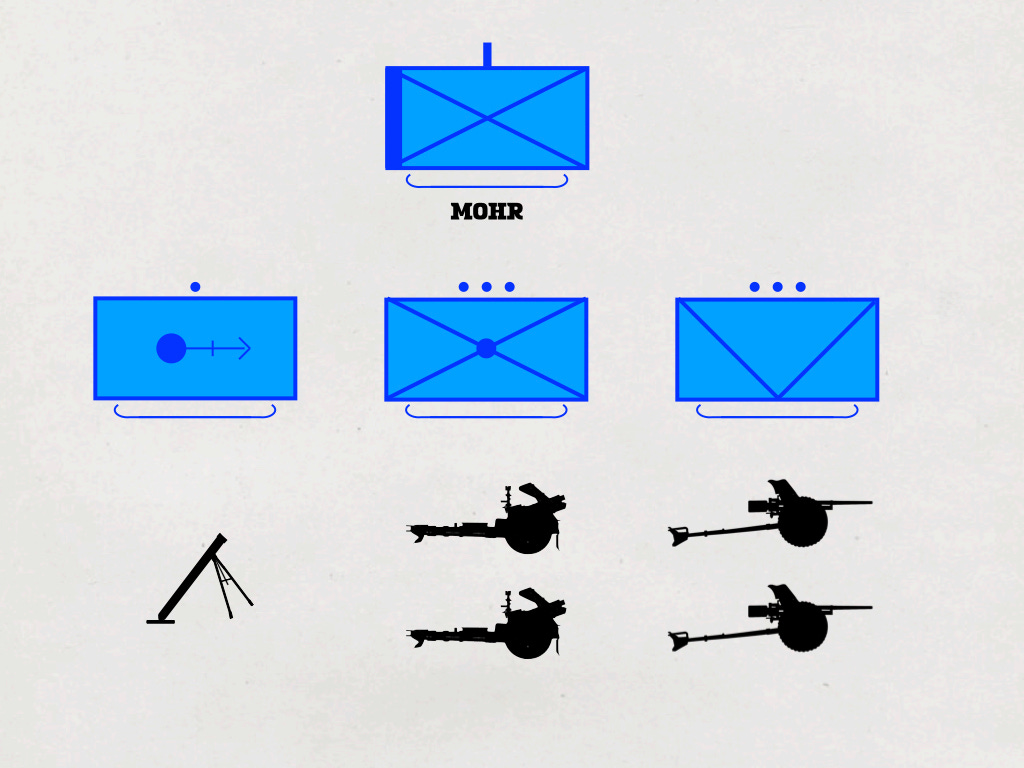Snow
Background to a Decision-Forcing Case

The following post sets the stage for a decision-forcing case study, an historical account, told from the point of view of a particular participant, that invites readers to engage the problems faced by that person. Also known as a ‘historical map problem’, a ‘historical immersion problem’, and an ‘interrupted narrative’, a decision-forcing case study that deals with military matters at the tip of the spear might be described as ‘a tactical decision game based on real events’.
You are Eike Middeldorf, a professional soldier of the German Army, serving, in the rank of captain, with the 3rd Infantry Division (Motorized). Last summer, you took part a massive ‘anticipatory counterattack’ against the forces of the Soviet Union. While this operation succeeded in destroying the armies assembled for the invasion of Europe, it failed to topple of the Bolshevik regime. Thus, eight months later, you find yourself in the Russian countryside, a hundred and sixty kilometers west of Moscow, hunting partisans in the snow.
On 27 February 1942, you take command of Security Unit Mollenhauer, a provisional battalion made up of men from a variety of units. Formed on 22 January 1942, it currently consists of six small companies, each of which bears the name of its leader.
Artillery Battery Pengel
Heavy Company Mohr
Reconnaissance Company Kottilinsky
Rifle Company Klein
Rifle Company Boeck
Rifle Company Kuehlcke
The artillery battery employs four 10.5cm light field howitzers, each of which has been mounted on a wooden sled. Weighing a little less than fifteen kilograms (thirty-five pounds) the shells fired by these howitzers can fly as far as ten thousand meters (six miles).
The battery possesses two field telephones and four thousand meters (two-and-a-half miles) of telephone cable. It is thereby able to establish an observation post at some distance from the location of its howitzers.
The heavy company breaks down into an infantry gun platoon (with two 7.5cm light infantry guns), an anti-tank platoon (with two 3.7cm anti-tank guns), and a mortar squad (with one 8cm mortar). The infantry guns and anti-tank guns have been placed on wooden sleds comparable to the ones used by the artillery battery.
The heavy company lacks the means to set up a distant observation post, and, as a result, the ability to employ indirect fire.
The men of the reconnaissance company, most of whom had begun the campaign in Russia in the ranks of the motorized reconnaissance battalion of the 3rd Infantry Division (Aufklärungs Abteilung 53), had recently traded their motorcycles, trucks, and armored cars for skis. One of the two rifle companies also traveled with the aid of long pieces of wood.
The rifle company commanded by Lieutenant Klein drew most of its men from the Brandenburg Regiment, an outfit that employed men who had grown up in foreign countries to conduct covert operations in the lands where they once lived. (The employment of these highly skilled soldiers as pedestrian foot-sloggers suggests that the specialized skills they possessed pertained to places west of Warsaw.)
The next post in the series will describe a problem posed to Captain Middeldorf within hours of his appointment to command Security Unit Mollenhauer.
For Further Reading









